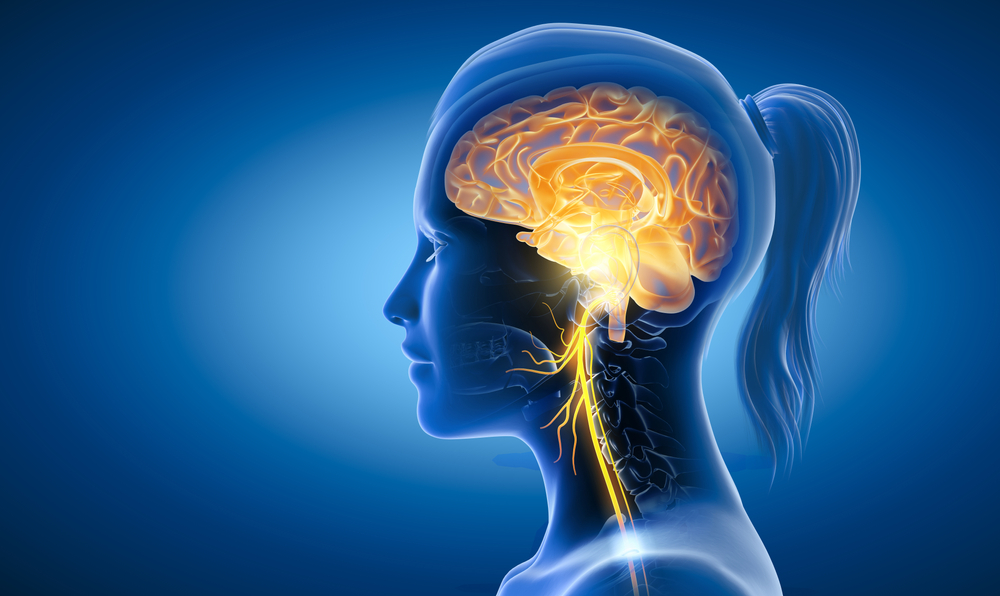
"The ability to respond to and recover from the challenges of daily living is a marker of well-being and depends on the actions of the autonomic nervous system." (Deb Dana, Polyvagal Exercises for Safety and Connection, 2020).
Our compromised ability to regulate our autonomic responses is shaped by our early experiences, as well as our ongoing experience in life. The good news is that it's entirely possible to create new patterns and responses to reshape our system.
The Polyvagal Theory, developed by neuroscientist Stephen Porges, has revolutionized the way we understand the autonomic nervous system by providing a roadmap to facilitate awareness and giving us tools to help create flexibility within the system to alleviate its distress.
The structure of the autonomic nervous system is comprised of three levels or states. Envision a ladder divided into three parts showing green on top for the ventral vagal state, yellow in the middle for fight or flight and red on the bottom for the dorsal vagal state.
The ventral vagal state is where we feel safe and are able to freely connect with others with empathy and compassion. We feel calm, have a reduced heart rate and are able to easily navigate life's daily challenges.
The fight or flight state is where we are activated. Stress chemicals flow into the bloodstream to prepare us to literally fight or flee, our heart rate increases and we do not feel safe. This is a place where many of us spend more time than we'd like. We automatically go into this state even when there's not a real-life threat, but a perceived threat.
The dorsal vagal state is known as shut down where you may feel hopeless, numb and disconnected. It's also possible to experience what's called dissociation, which can feel like you're not in your body or feeling separated from your body.
Our nervous system has evolved over time. Think of it as a nested system that has built upon itself over millions of years, but each part has retained its original function. Having knowledge of how this all works can be invaluable. It can diminish the process of self-blame that occurs when we have a reaction to stress or fear. From there, we can implement strategies of self-regulation (the ability to manage our thoughts, emotions and behaviors).
Start with the oldest part of the system being the reptilian brain, (500 million years ago) which functions to help us survive and create safety by immobilizing (red on the ladder) to building upon that, 400 million years ago, when the nervous system evolved to mobilizing/fight or flight (yellow on the ladder) to the newest structure, the crowning achievement of mankind, the upper brain (green on the ladder), which provides us the opportunity for communication and connection.
There are a multitude of things that can bring us out of the desired ventral vagal state and that's normal. That's not the problem at all. The problem is when we're stuck in a state of fight or flight or immobilization for long periods of time. This is extremely taxing on the body and the mind.
Creating and strengthening what's called vagal tone can support the vagus nerve so we can depend on coming back to safety and connection when we go into these undesired states.
Here are some of the ways we can improve our vagal tone:
Take time to tune in. Neuroception (detection without awareness) is always at play, every second of the day. Once you know this and you can bring conscious awareness (perception) to what's happening in your body, you are well on your way!
Visualize that ladder and where you're on it any moment during the day. If you check in with yourself and feel that your muscles are tight and constricted and your breathing is shallow, you can guess you're in the yellow zone (fight or flight). Feeling "numb" or disconnected you're in the red (dorsal vagal/immobilized) zone and feeling calm and relaxed, you're in the green zone or the ventral vagal state.
Once you become aware of your current state, if you're not in the green zone/safety zone, you can use the following tools to get yourself back there.
Change your breathing. Deep and slow (aim for six breaths per minute) diaphragmatic breathing where you expand the ribcage first and then the abdomen, as well as a longer exhalation than inhalation, will improve vagal tone.
Co-Regulate. Connect with friends and family. Spending time with in a healthy social environment with those you trust creates a shared sense of safety, which is a biological imperative.
Sing, chant or gargle. This activates the vocal cords, which in turn stimulates the vagus nerve.
Cold exposure. End your shower with cold water. This is something that usually takes some time to get used to, so go slowly and do a little bit more every day. You can also start this process by simply splashing some cold water on your face.
Laugh. Watch something funny, spend time with people who lift your mood and make you laugh. This will boost your immunity and stimulate the vagus nerve.
The more you work on creating flexibility in your nervous system, the easier it will be to move out of undesired states of distress and disconnection into the state of safety and connection.
In addition, Stanley Rosenberg's book, Accessing the Healing Power of the Vagus Nerve is a great resource.
Want the Relieve Your Anxiety free download?
Four effective tools to start using for immediate relief!
